Trust / Easement / Other Property Rights


A trust is a legal relationship created by an individual ('trustor'), whereby a trustee is appointed to hold the property in a way that ensures that another person ('the beneficiary') will receive 'benefits' arising out of the property.
(a) Inter Vivos vs Testamentary:
Firstly, there are two main kinds of trusts, namely an ‘inter Vivos trust or a ‘testamentary’ trust.
An inter vivos trust is a trust which is created to operate during the lifetime of the trustor. As it operates during the lifetime of the trustor, it is also called a ‘living trust’. An inter vivos trust is created through trust documents that are distinct from the will. This type of trust can either be a revocable trust or an irrevocable trust.
A testamentary trust is created to operate after the death of the trustor. A trustor can create a testamentary trust by including terms to this effect in his will. This type of trust is ‘irrevocable’ - the trustor being dead, obviously has no capacity to alter the terms of the trust or revoke it completely (see below). Assets that are the subject of the trust are those assets that the settlor owns at the time of his death.
(b) Revocable vs Irrevocable:
Secondly, we can categorise a trust as a ‘revocable’ or ‘irrevocable’ trust.
In a revocable living trust, the trustor retains the ability to amend or change the terms of the trust whenever he/she wants. They also retain the power to end and rescind the trust arrangement, wherein the assets that are the subject of the trust will return to their ownership.
In an irrevocable trust, the trustor does not reserve such a power to amend the terms of the trust or rescind the arrangement altogether in any period of time.
(c) Fixed vs discretionary:
Thirdly, we can categorise a trust as a 'fixed' or 'discretionary trust'.
A ‘fixed trust’ is a trust in which the trustee has no discretion as to how to distribute the trust assets to its beneficiaries. The trustor, in creating the trust, will clearly stipulate what property has to go to which beneficiary in the trust agreement. The trustee, in a fixed trust, must follow these instructions issued by the trustor.
A ‘discretionary trust’ however, affords some freedom for the trustee in deciding how the trust’s assets should be distributed amongst the trust’s beneficiaries. Such discretion depends on what the trustor has stipulated.It can range from giving the trustee absolute freedom, to decide how much of the assets each beneficiary should receive if any, to require the trustee to give each beneficiary some property, yet leaving it to the trustee to determine how much future payment each beneficiary should receive.
The following are examples of when would you use a trust:
An easement is a non-possessory right to use real property owned by another. The most common is the right of way, other rights include the use of power cables, telecommunications lines, supply pipes, drains, other common supports and amenities that run through other people’s property.
There are various ways for an easement to be created, including (i) easement out of necessity by court order, (ii) easement by implication through long term use without objection from the property owner; and (iii) express easement set out under a deed of easement between the servient tenement and the dominant tenement
Not the right document?
Don’t worry, we have thousands of documents for you to choose from:
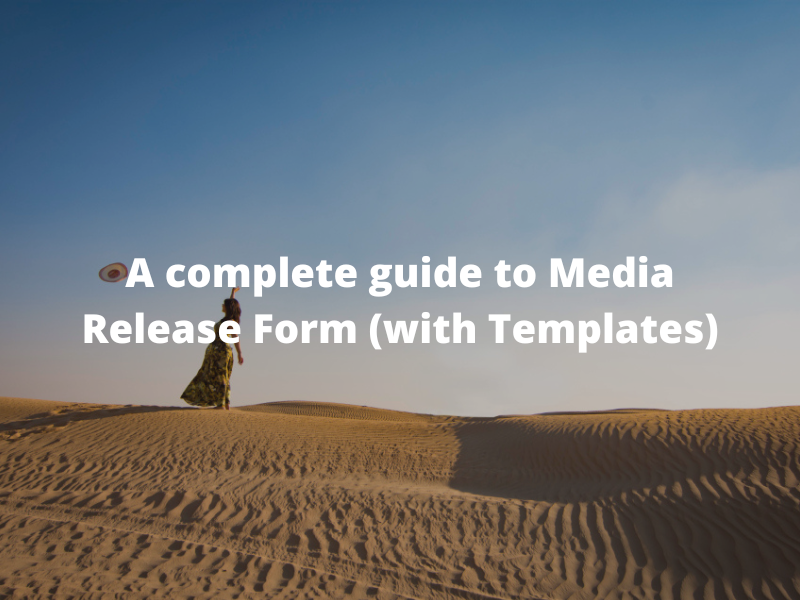
10 Jun 2022
6 min read

2 Jun 2022
6 min read

27 May 2022
6 min read

20 May 2022
6 min read

9 May 2022
6 min read

3 May 2022
3 min read
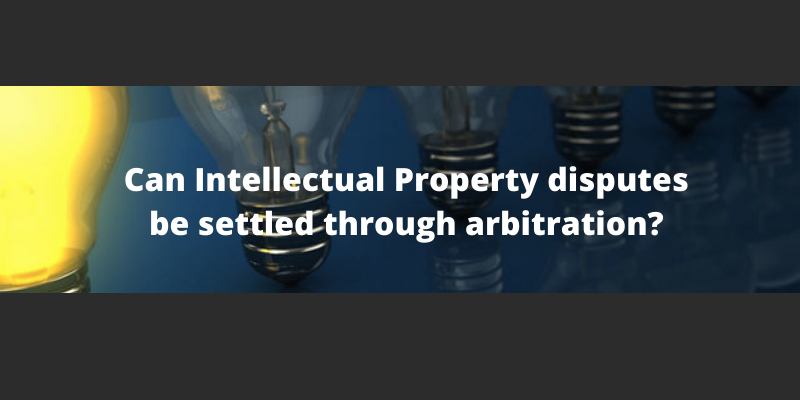
25 Apr 2022
5 min read

31 Mar 2022
1 min read

29 Mar 2022
1 min read

20 Mar 2022
6 min read

12 Mar 2022
5 min read
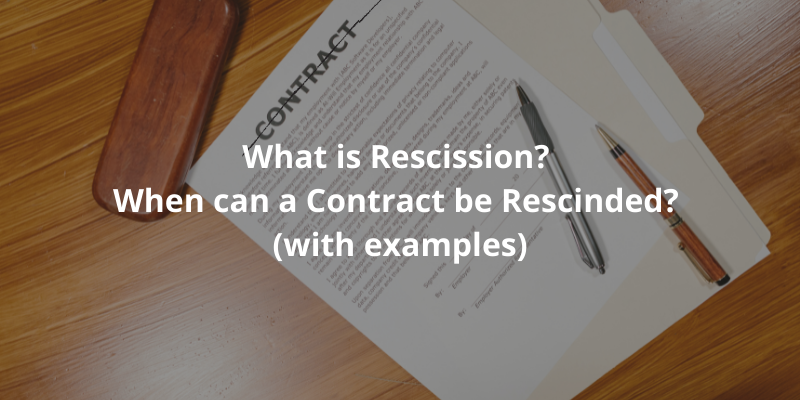
21 Feb 2022
5 min read

31 Jan 2022
5 min read
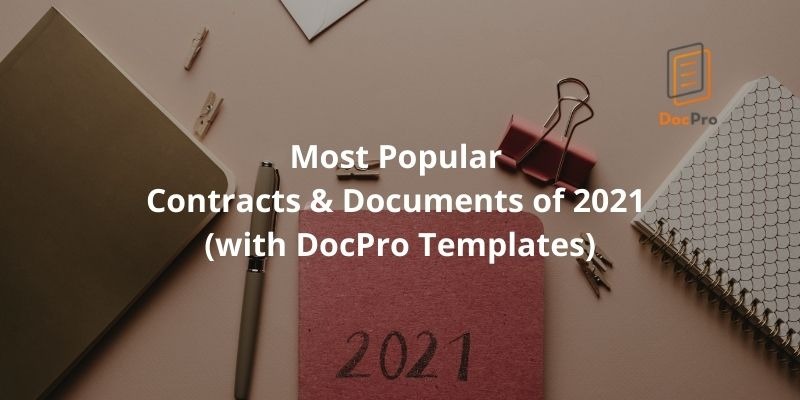
13 Jan 2022
4 min read

3 Jan 2022
5 min read
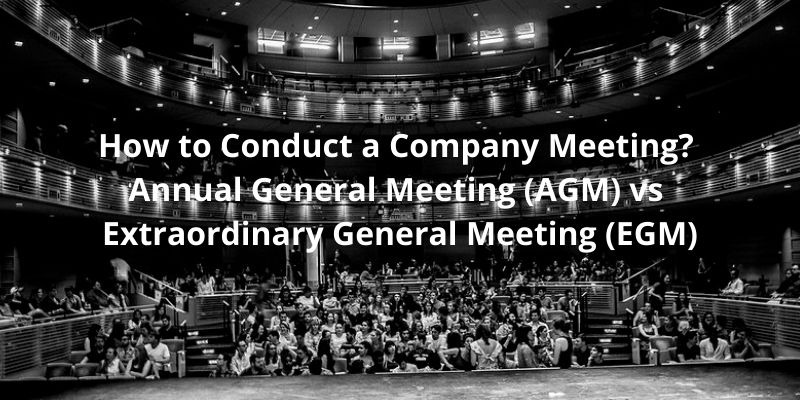
7 Dec 2021
11 min read
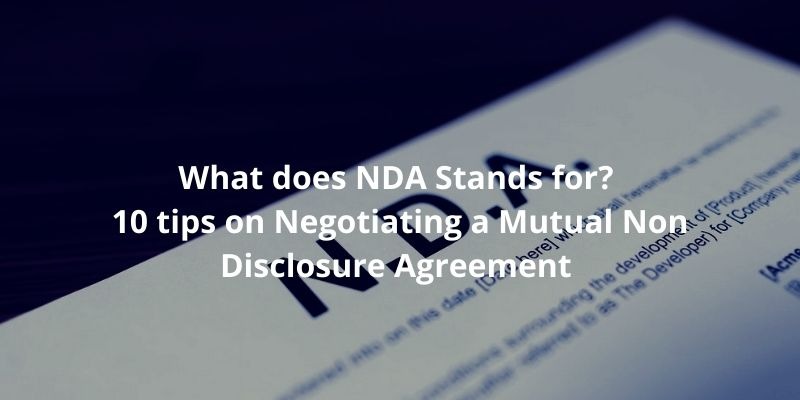
14 Nov 2021
6 min read

1 Nov 2021
9 min read

21 Oct 2021
1 min read

17 Oct 2021
7 min read
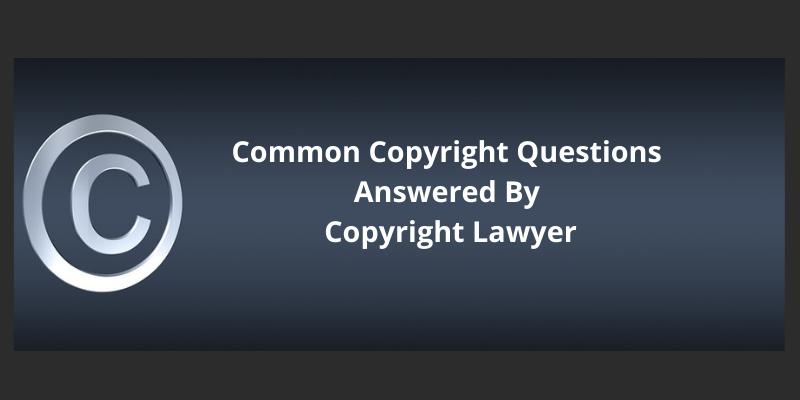
7 Oct 2021
12 min read

16 Sep 2021
4 min read
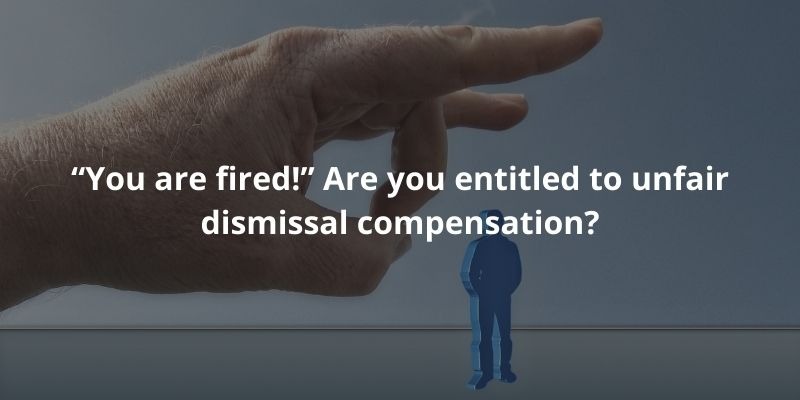
14 Sep 2021
5 min read

10 Sep 2021
3 min read

31 Aug 2021
4 min read

23 Aug 2021
3 min read

16 Aug 2021
5 min read

30 Jul 2021
6 min read

23 Jul 2021
7 min read

13 Jul 2021
5 min read

2 Jul 2021
5 min read

24 Jun 2021
5 min read

15 Jun 2021
4 min read
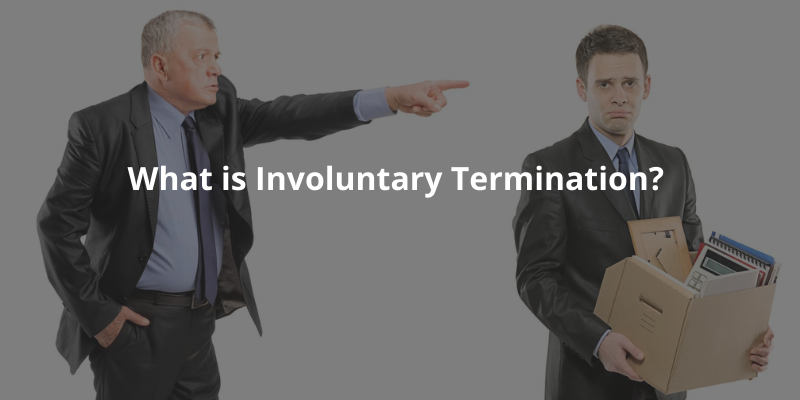
4 Jun 2021
6 min read

28 May 2021
5 min read

21 May 2021
5 min read

14 May 2021
5 min read

7 May 2021
5 min read

30 Apr 2021
5 min read
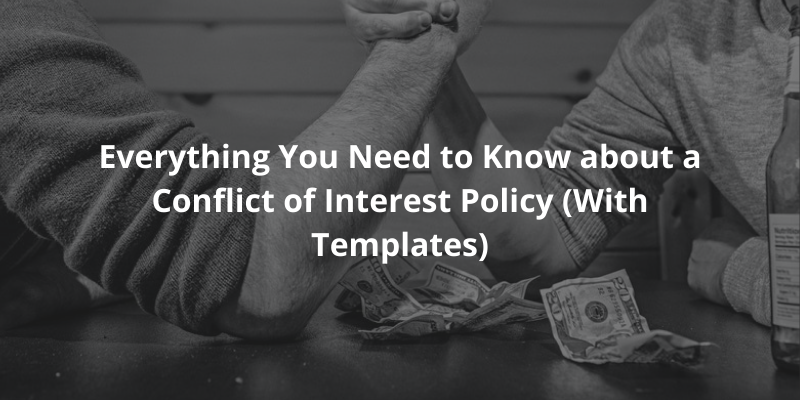
23 Apr 2021
5 min read

16 Apr 2021
5 min read

9 Apr 2021
5 min read

1 Apr 2021
5 min read

26 Mar 2021
4 min read

19 Mar 2021
5 min read

12 Mar 2021
5 min read

5 Mar 2021
6 min read
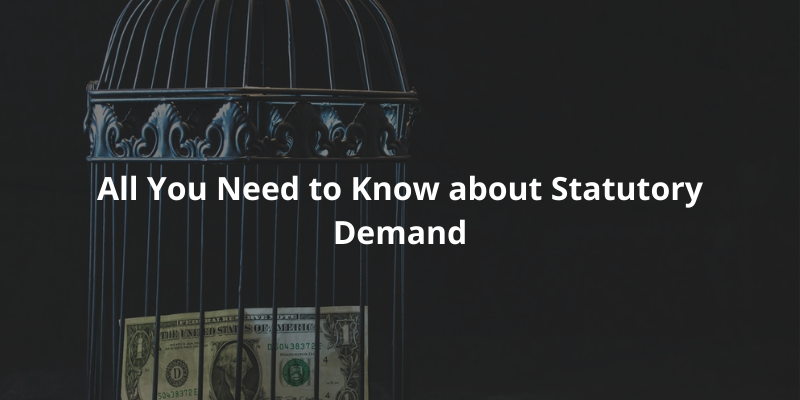
26 Feb 2021
5 min read

19 Feb 2021
6 min read

11 Feb 2021
5 min read

29 Jan 2021
6 min read
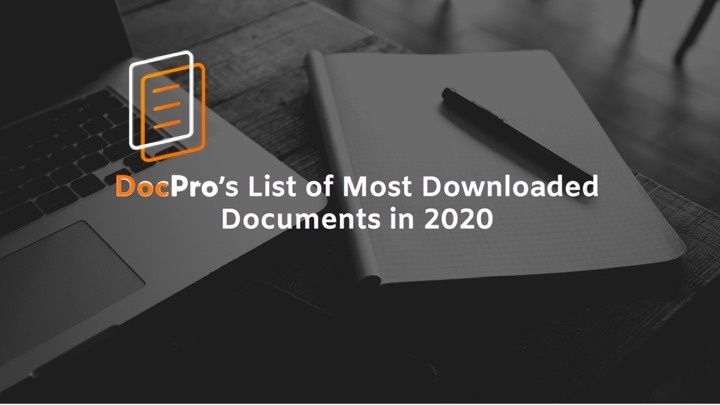
29 Jan 2021
3 min read

22 Jan 2021
6 min read

15 Jan 2021
6 min read

8 Jan 2021
6 min read
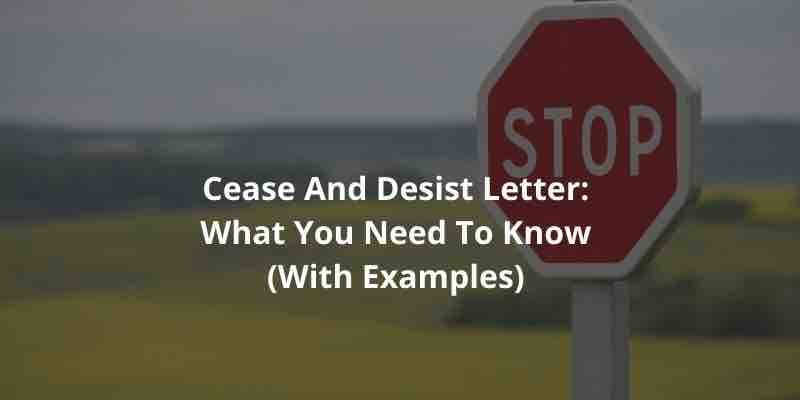
31 Dec 2020
6 min read

24 Dec 2020
0 min read

24 Dec 2020
7 min read
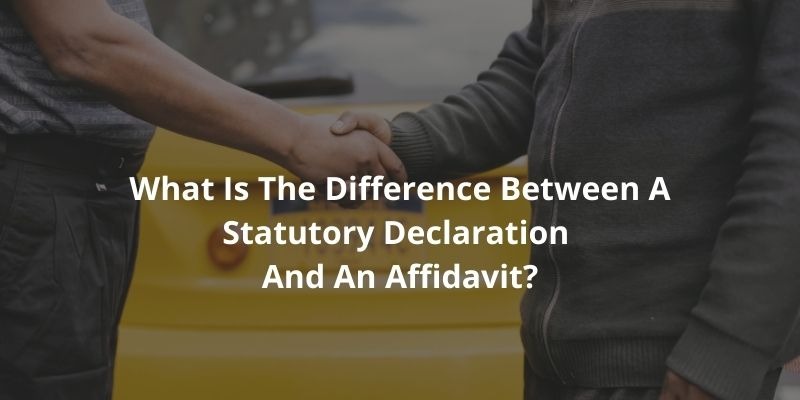
18 Dec 2020
6 min read

11 Dec 2020
6 min read

4 Dec 2020
6 min read
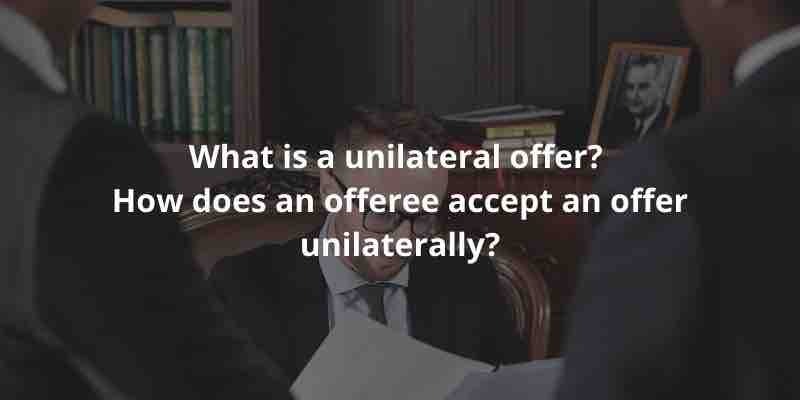
27 Nov 2020
6 min read

27 Nov 2020
7 min read
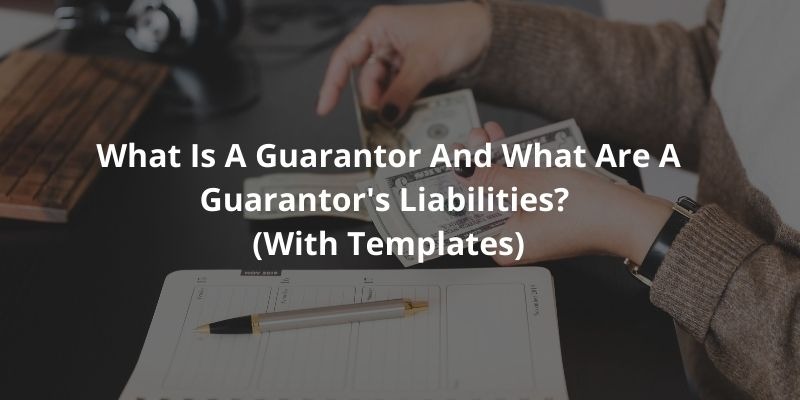
22 Nov 2020
7 min read
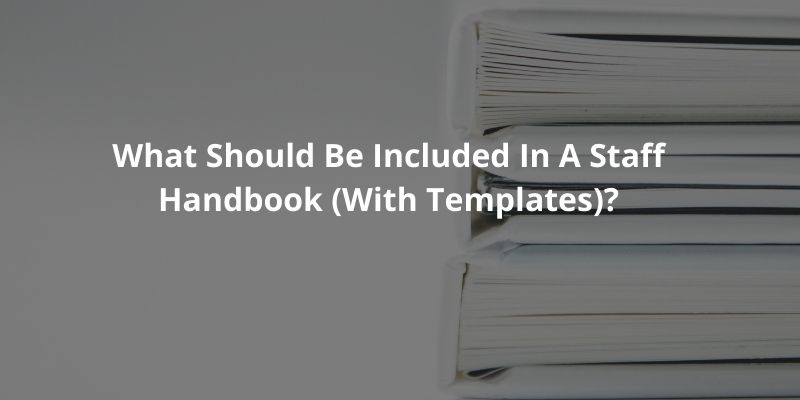
13 Nov 2020
8 min read
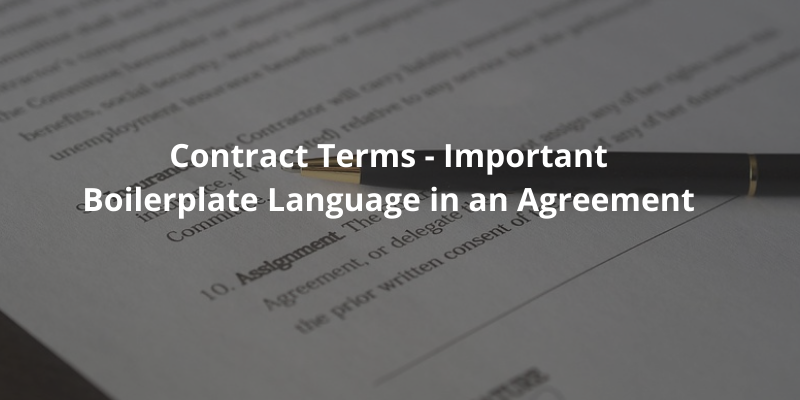
12 Nov 2020
8 min read
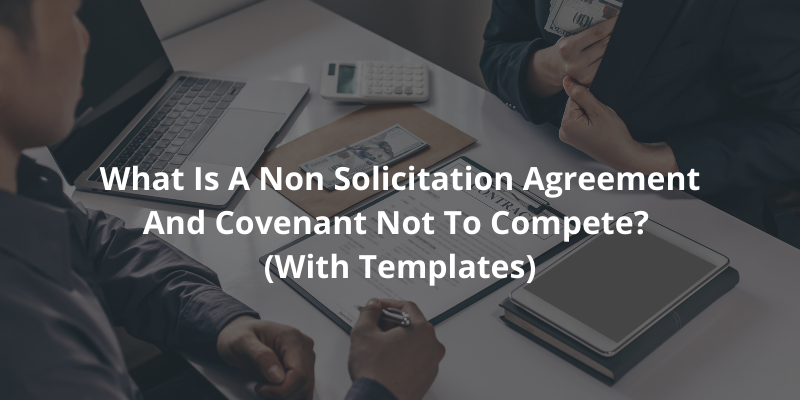
7 Nov 2020
8 min read
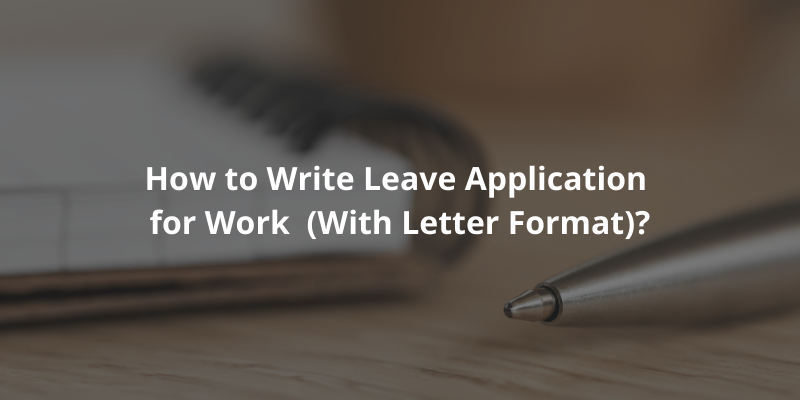
5 Nov 2020
6 min read

30 Oct 2020
7 min read
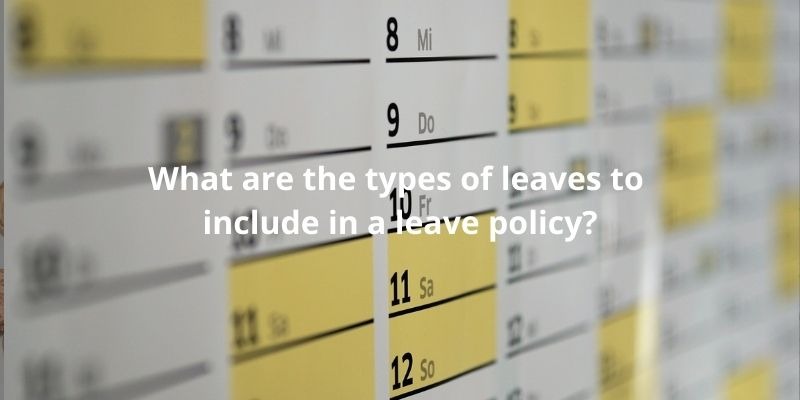
29 Oct 2020
8 min read

23 Oct 2020
7 min read

19 Oct 2020
8 min read

16 Oct 2020
10 min read
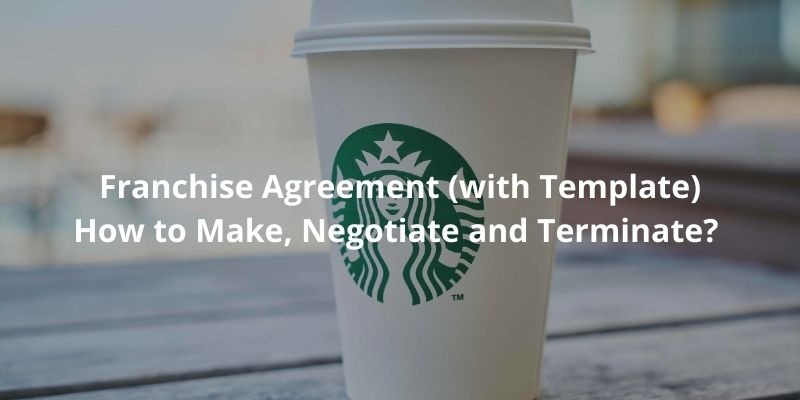
7 Oct 2020
9 min read
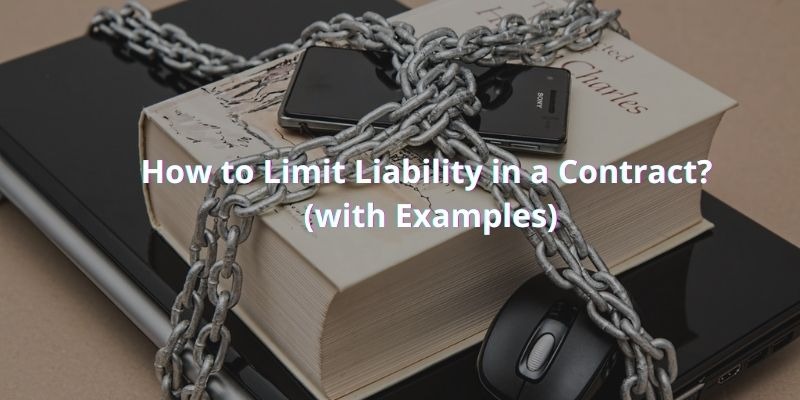
28 Sep 2020
8 min read

18 Sep 2020
7 min read

9 Sep 2020
7 min read

3 Sep 2020
7 min read

27 Aug 2020
8 min read

27 Aug 2020
9 min read

19 Aug 2020
8 min read

17 Aug 2020
8 min read

11 Aug 2020
8 min read

11 Aug 2020
8 min read

10 Aug 2020
11 min read

10 Aug 2020
9 min read

7 Aug 2020
9 min read

4 Aug 2020
9 min read

3 Aug 2020
10 min read

23 Jul 2020
8 min read

23 Jul 2020
8 min read

12 Jul 2020
8 min read
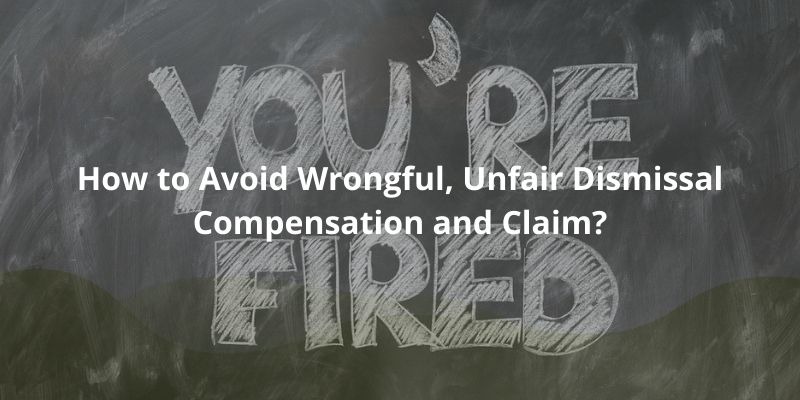
5 Jul 2020
7 min read
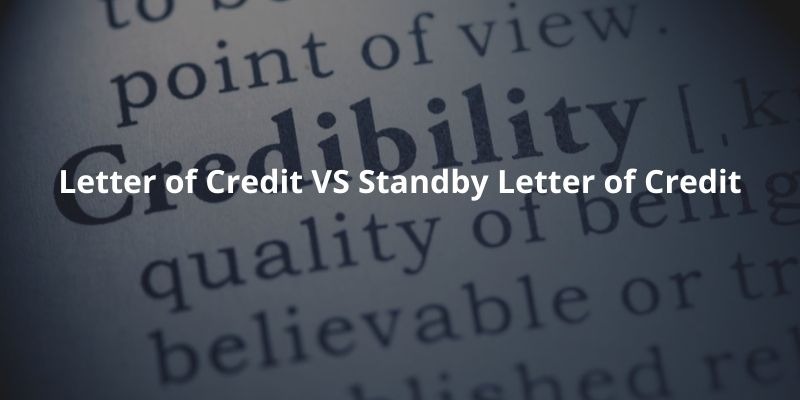
25 Jun 2020
7 min read

12 Jun 2020
9 min read
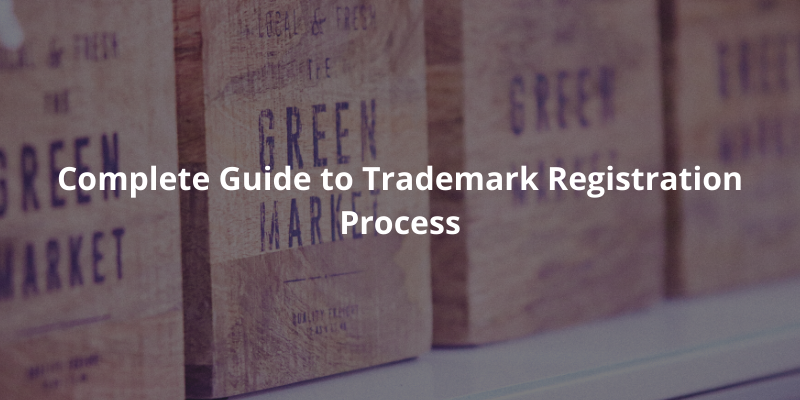
11 Jun 2020
9 min read

9 Jun 2020
9 min read
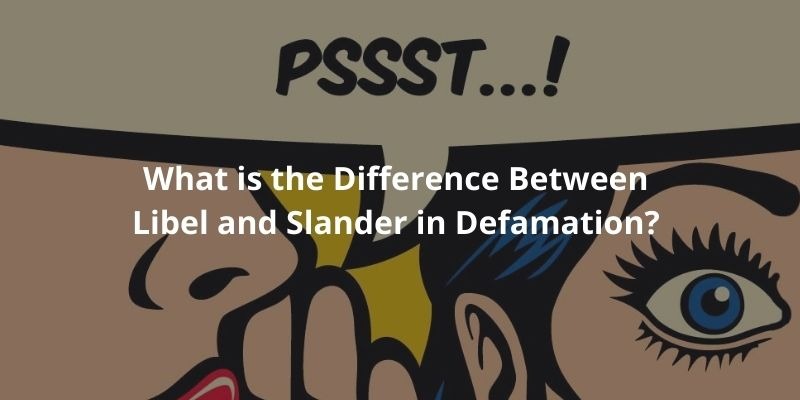
8 Jun 2020
8 min read

4 Jun 2020
5 min read

4 Jun 2020
8 min read
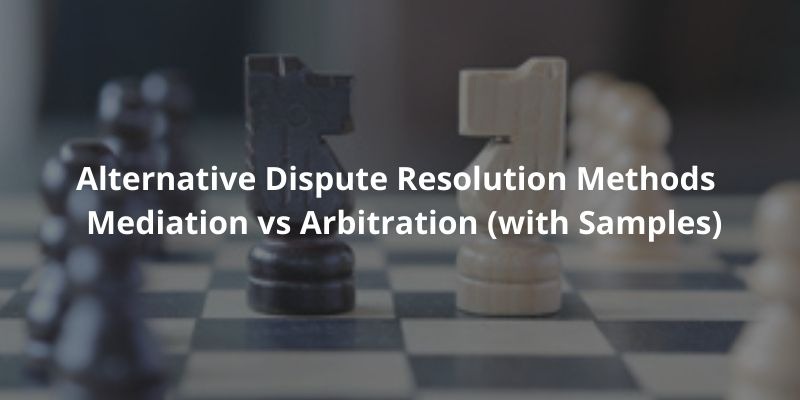
2 Jun 2020
10 min read
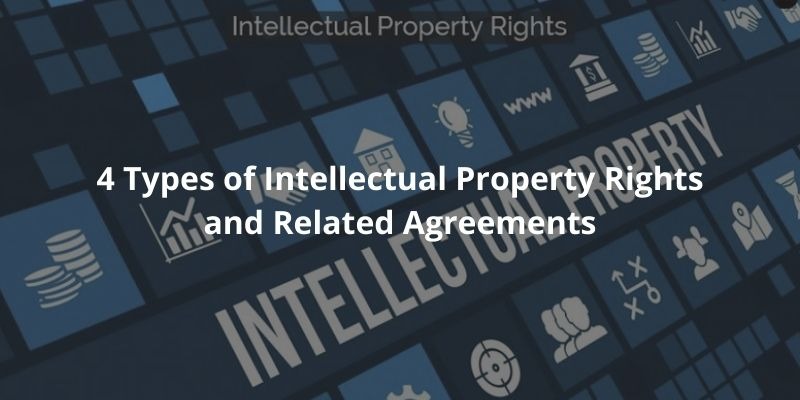
28 May 2020
13 min read

25 May 2020
8 min read

1 May 2020
10 min read

1 Apr 2020
6 min read

1 Mar 2020
11 min read

1 Feb 2020
11 min read
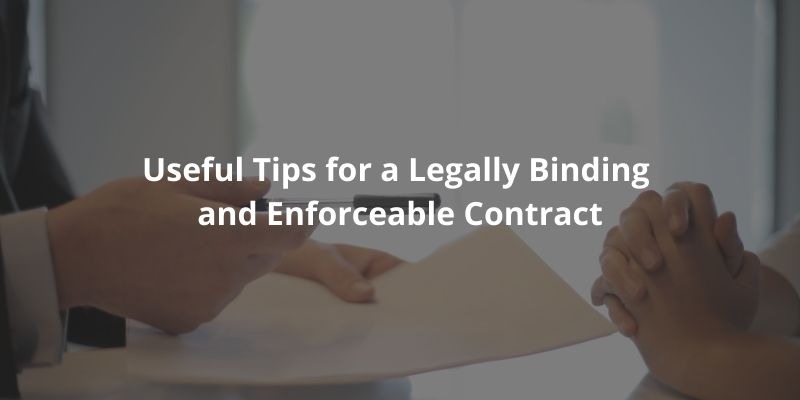
8 Jan 2020
9 min read

1 Jan 2020
1 min read
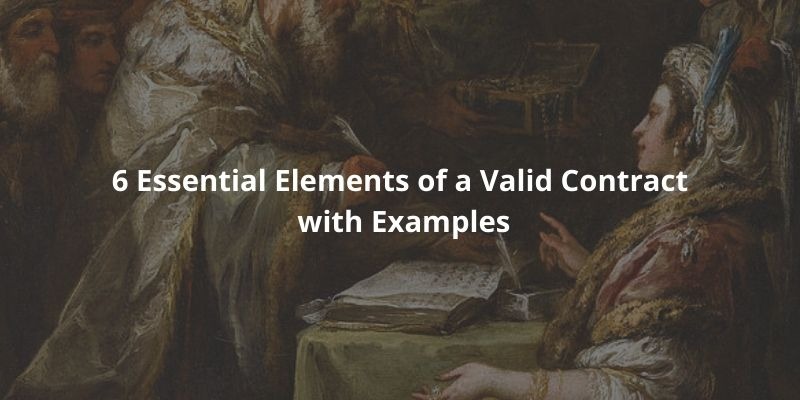
10 Dec 2019
7 min read

26 Nov 2019
8 min read

5 Nov 2019
5 min read

24 Oct 2019
3 min read

1 Oct 2019
1 min read

1 Oct 2019
1 min read